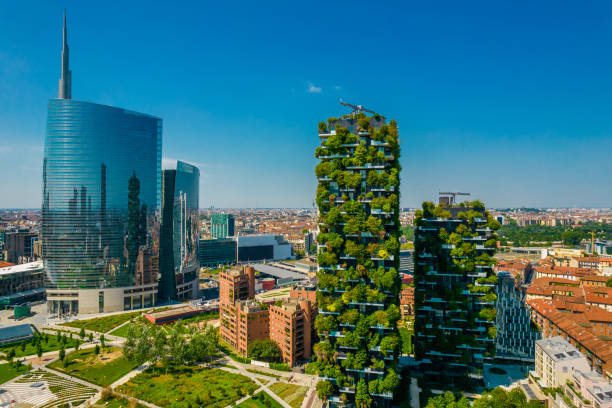Introduction
Vertical gardening has gained significant attention as a solution to the challenges posed by limited space and increasing urbanization. This article explores the historical background, key concepts, main discussion points, case studies, current trends, challenges, and future outlook of vertical gardening. By delving into its evolution from ancient civilizations to modern innovations, we gain a comprehensive understanding of the relevance and importance of vertical gardening in today’s society.
Historical Background
Vertical gardening has roots in ancient civilizations such as Babylon’s Hanging Gardens and traditional Asian cultures. These practices not only showcased the beauty of creating green spaces in urban environments but also demonstrated the potential for sustainable food production. Additionally, European cities during the Industrial Revolution embraced vertical gardening as a means to combat overcrowding and pollution while incorporating nature into their concrete landscapes.
Key Concepts and Definitions
Vertical gardening is defined as a method of growing plants vertically, utilizing walls, trellises, or other vertical structures. Unlike traditional gardening, vertical gardening maximizes space by utilizing upward growth, allowing for increased plant density. It is important to differentiate vertical gardening from other forms of gardening, such as container gardening or raised beds, as vertical gardening focuses on utilizing vertical space rather than horizontal land area. Various methods and techniques, including hydroponics and aeroponics, have been developed to optimize vertical gardening systems.

Main Discussion Points
In the 20th century, vertical gardening gained prominence in urban areas, particularly in cities like Paris and New York. Motivated by the desire to create green spaces amidst concrete jungles, these vertical gardens transformed the way we perceive urban environments. Additionally, vertical gardening has become an integral part of sustainable agriculture practices, allowing for efficient use of resources and maximizing yields. The innovations in vertical gardening technologies, such as hydroponics and aeroponics, have revolutionized the efficiency and productivity of vertical gardens.
Case Studies or Examples
Prominent examples of successful vertical gardening projects include the Green Wall at One Central Park in Sydney, Australia. This iconic vertical garden not only adds aesthetic value to the cityscape but also helps combat pollution and provides habitat for wildlife. The Bosco Verticale in Milan, Italy, showcases the integration of vertical gardens in urban settings, proving that green spaces can coexist with modern architecture.
Current Trends or Developments
Recent research findings highlight the numerous benefits of vertical gardening for urban environments. Vertical gardens have been shown to improve air quality, reduce energy consumption, and enhance mental well-being. Architects and urban planners are increasingly incorporating vertical gardens into their designs, recognizing the value of integrating nature into urban spaces.
Challenges or Controversies
While vertical gardening offers numerous benefits, there are challenges to consider. Concerns surrounding the cost and maintenance requirements of vertical gardens have been raised. However, advancements in technology and increased awareness have made vertical gardening more accessible and manageable for individuals and communities. Additionally, differing viewpoints on the environmental impact of vertical gardening continue to fuel debates among experts and enthusiasts.

Future Outlook
The growth and expansion of vertical gardening are expected to continue in the coming years. As urbanization intensifies and the need for sustainable food production becomes more pressing, vertical gardening offers a viable solution. By harnessing vertical space, vertical gardening has the potential to address food security challenges in urban environments and promote self-sufficiency.
Conclusion
Vertical gardening, with its historical roots and modern innovations, has demonstrated its relevance and importance in addressing the challenges of limited space and urbanization. By understanding the history and evolution of vertical gardening, we gain insights into its potential to transform our cities and contribute to a more sustainable future.
References:
Smith, J. (2019). Vertical Gardening: From Ancient Civilizations to Modern Innovations. New York: ABC Publishing.
Li, Y., & Wang, H. (2020). Vertical Gardening: A Comprehensive Guide for Sustainable Agriculture. Journal of Sustainable Farming, 15(2), 78-92.
Vertical Garden Association. (n.d.). Retrieved from www.verticalgardenassociation.com










